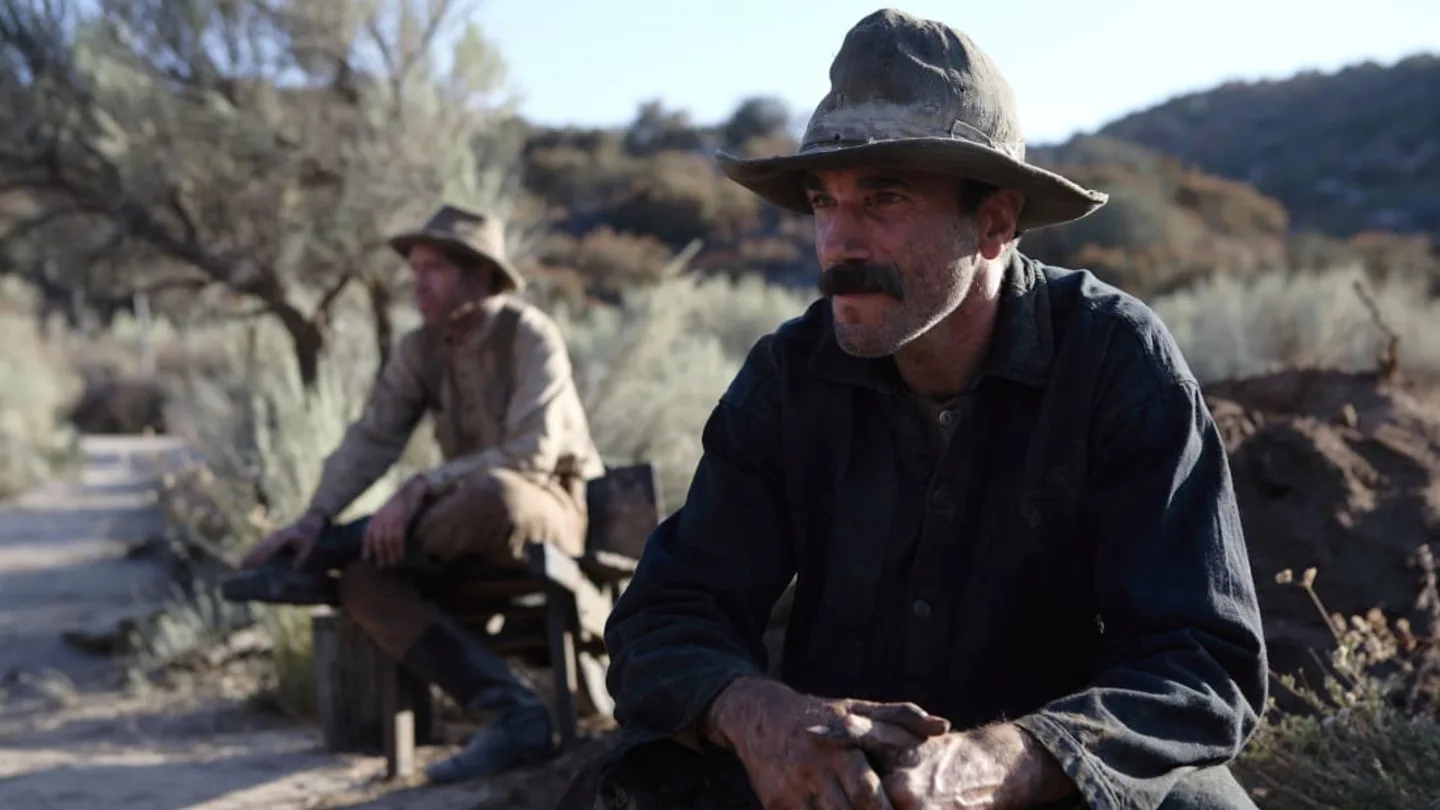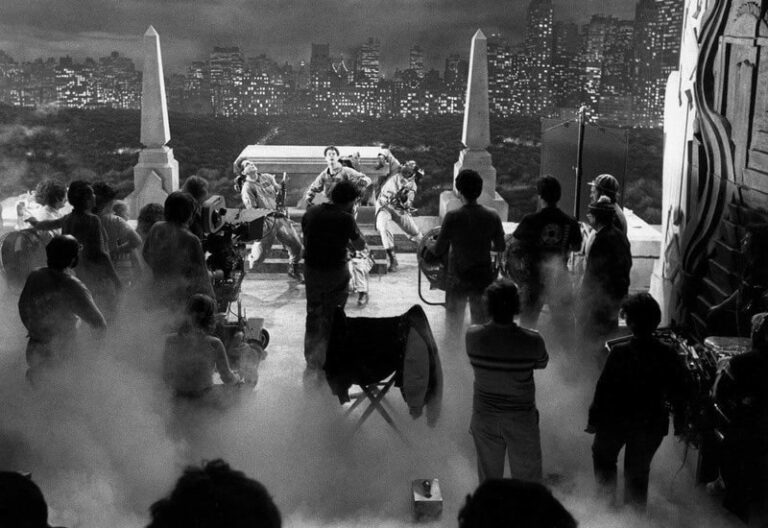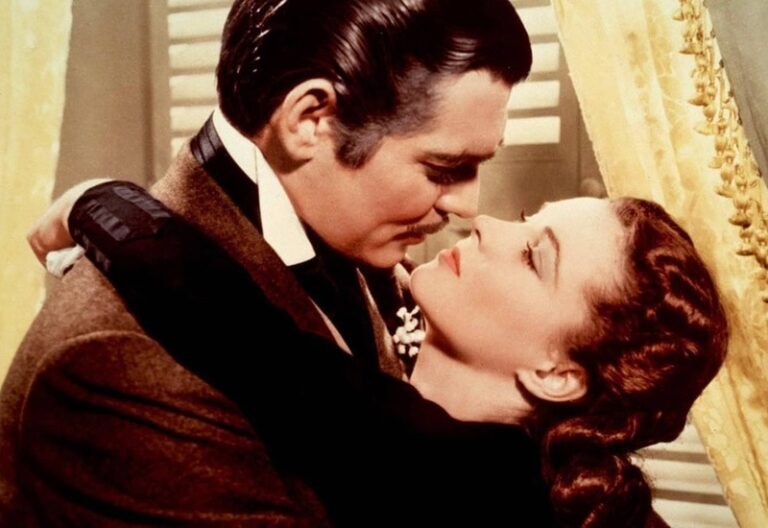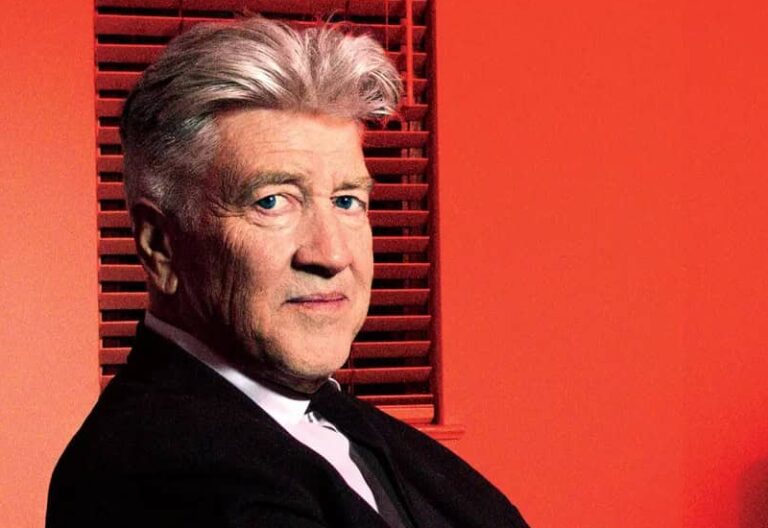what is method acting?
Method acting is a highly influential and widely practiced approach to acting that emphasizes emotional authenticity, deep character immersion, and understanding of a character’s psychological motivations. It originated in the early 20th century and has since become one of the most respected and effective techniques in the world of acting.
Published by: CinemaWaves Team | Filed Under: Film Blog
Origins and Development
Method acting originated from the teachings of Russian theater practitioner Konstantin Stanislavski. In the early 1900s, Stanislavski developed a system for training actors that focused on achieving genuine emotions on stage. His approach encouraged actors to draw from their own experiences and emotions to create more believable performances. Known as the “Stanislavski System” or “Stanislavski Method,” this technique emphasized the importance of psychological realism and the actor’s emotional connection to the character. Stanislavski believed that an actor’s own life experiences were a valuable resource for creating a nuanced and authentic portrayal, and he encouraged actors to thoroughly explore their characters’ inner lives, motivations, and circumstances.
In the 1930s and 1940s, Stanislavski’s ideas were brought to the United States, where they were further developed and adapted by several key figures, including Lee Strasberg, Stella Adler, and Sanford Meisner. Each of these practitioners put their own spin on Stanislavski’s teachings, contributing to what would collectively be known as “Method acting.” Strasberg, often considered the father of Method acting in America, placed a strong emphasis on emotional memory and sense memory, urging actors to delve into their personal experiences in order to bring authenticity to their roles.
Adler, who had studied directly with Stanislavski, focused more on imagination and the use of external circumstances to inspire emotional responses. Meisner, on the other hand, developed a technique centered around spontaneous reactions and truthful exchanges between actors, advocating for a more instinctual and moment-to-moment approach to performance. These diverse interpretations of Stanislavski’s work laid the foundation for the Method as it is known today.

Method Acting Techniques
Sense memory: Actors engage their senses to recreate experiences and emotions that their character might have. For example, they might recall the smell of a particular place or the feel of a specific texture to evoke a sensory experience.
Emotional memory: Actors use their own past experiences and emotions to connect with their character’s feelings. By recalling personal memories, they aim to bring genuine emotions to their performances.
Subtext and inner monologue: They focus on understanding the subtext and inner thoughts of their characters. Actors explore what their characters are thinking and feeling beneath the surface, even when these emotions are not explicitly stated in the dialogue.
Character immersion: Method actors immerse themselves in their characters, often adopting their mannerisms, speech patterns, and behaviors both on and off set. This process helps actors fully inhabit their roles and deliver more authentic performances.
Objective and super-objective: They identify character’s immediate goals (objectives) and overall desires or motivations (super-objectives) to guide their performance. This helps create a cohesive and consistent portrayal.

Famous method actors
Marlon Brando is hailed as one of the greatest Method actors, with his groundbreaking performances in films like “A Streetcar Named Desire” and “On the Waterfront.” Brando’s ability to convey deep emotional complexity and vulnerability set a new standard for acting in Hollywood.
James Dean, another iconic Method actor, captured the angst and rebellious spirit of his generation in films like “Rebel Without a Cause.” His raw emotional intensity and tragic early death cemented his legacy as a cultural icon.
Robert De Niro is renowned for his commitment to character immersion, undergoing significant physical and psychological transformations for his roles. His performances in films such as “Taxi Driver,” “Raging Bull,” and “The Godfather Part II” showed his dedication to the craft and his ability to fully embody his characters.
Al Pacino, known for his dynamic range and intensity, has delivered iconic performances in films like “The Godfather” series, “Dog Day Afternoon,” and “Scarface.” His ability to convey complex emotional states and moral ambiguity has made him one of the most respected actors.
Daniel Day-Lewis is perhaps the most celebrated contemporary practitioner of Method acting, known for his extreme dedication to his roles. He famously stayed in character throughout the filming of projects such as “My Left Foot,” and “There Will Be Blood,“ isolating himself from the outside. Day-Lewis’s meticulous approach and unparalleled commitment have earned him numerous accolades, including three Academy Awards for Best Actor.
Criticisms and Controversies
While Method acting has been praised for its emphasis on authenticity and emotional depth, it has also faced criticism and controversy. Some argue that the intense emotional demands of the technique can be psychologically taxing for actors. Others believe that the focus on personal experience can limit an actor’s ability to fully empathize with characters who have vastly different backgrounds and experiences. Additionally, some Method actors have been criticized for their extreme immersion in roles, which can sometimes disrupt film sets or alienate fellow cast and crew members.
Legacy of the
Method Acting
Method acting has left a lasting mark, shaping the performances of some of the most celebrated actors in history. Its emphasis on emotional truth, deep character immersion, and psychological realism has made it a powerful tool in order to deliver compelling and believable performances. While it is not without its challenges and controversies, Method acting continues to be a vital and respected technique in both theater and film.
The legacy endures not only through the unforgettable performances of its practitioners but also through its influence on the craft of acting itself. As new generations of actors and educators continue to explore and adapt Method techniques, it remains a cornerstone of actor training and a testament to the pursuit of authenticity in the performing arts.
Refer to the main page for more educational insights on filmmaking and cinema history.
Ruthless silver miner, turned oil prospector, Daniel Plainview moves to oil-rich California. Using his son to project a trustworthy, family-man image, Plainview cons local…
Film production is the process of creating a film from its initial concept to the final product. It involves numerous stages, each requiring a collaboration of talents, skills, and…
In the early 20th century, a cinematic revolution was brewing in the Soviet Union. A group of visionary filmmakers, collectively known as the Soviet Montage School, gathered…
Envisioned on the picturesque coast of Southern California and based on the book of the same title, the collaborative efforts to put Midnight Cowboy on screen resulted…
Auteur theory is a critical framework in film studies that views the director as the primary creative force behind a film, often likened to an “author” of a book. This theory suggests…
In the late 1960s and throughout the 1970s, until mid 1980s, a cinematic revolution unfolded in Hollywood that would forever change the landscape of the film industry. American New…






